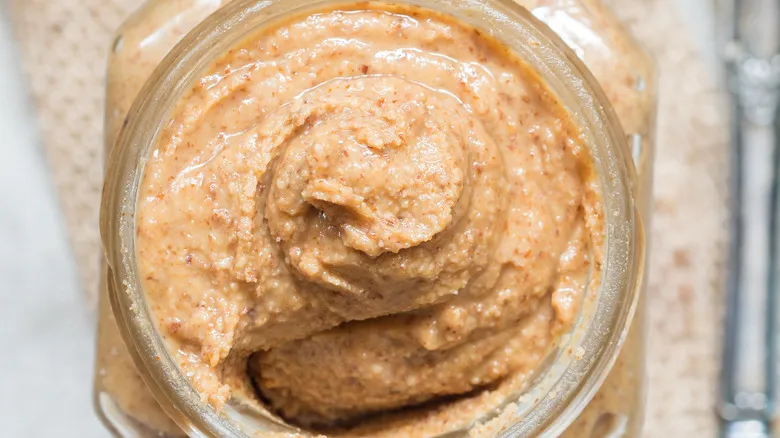How to add MSG to your tomato dishes
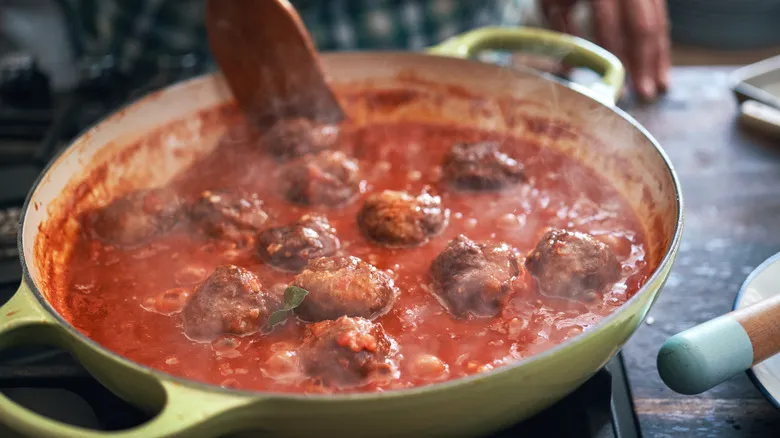
A small amount of this seasoning can make a significant impact. Since MSG has a strong flavor, we advise against adding it directly to your dishes, even though it's generally safe to do so. Adding it directly may lead to over-seasoning, resulting in an overly salty taste. Once that happens, the only solutions are to either add more food to balance it out or to start over completely.
To avoid this, it's best to gradually incorporate MSG while cooking, allowing you to control the amount you use. However, this presents a challenge: aside from specific Asian dishes like fried rice, which typically require MSG, most recipes don’t specify its use. This means you may have to estimate how much to add without clear guidance from the recipe.
Luckily, there’s a simple guideline you can follow. For every six to seven servings of soups or casseroles, approximately 1 ½ teaspoons of MSG should be enough. For smaller servings, begin with a quarter teaspoon, taste, and adjust as needed until the flavor is to your satisfaction. If you're wondering where to find MSG, it’s usually available in the spice section of your grocery store (if plain MSG isn’t visible, look for the brand Ac'cent), or you can order a shaker from Amazon for about $4.15.
Is adding MSG to tomatoes harmful?
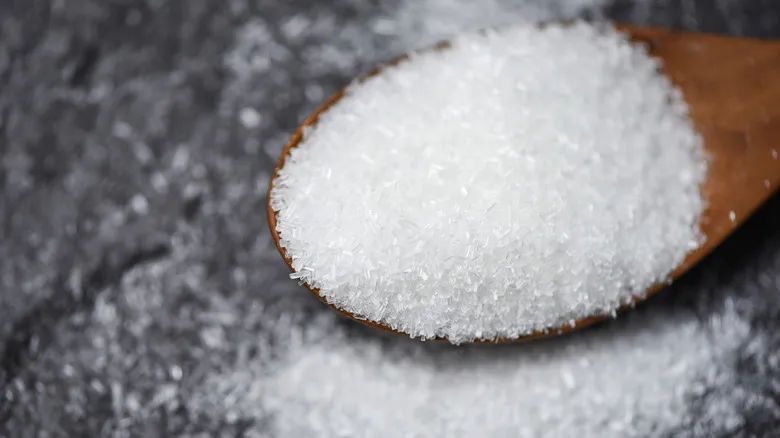
Now that's the million-dollar question. MSG has had a poor reputation over the past few decades, which might deter some people from using it. However, remember that when you eat a ripe tomato, you're already consuming MSG. The powdered form you find in stores is simply a concentrated version of the MSG that occurs naturally in tomatoes. Adding a little more to enhance the flavor shouldn't be a problem.
The FDA classifies MSG as an additive that is "generally recognized as safe," and most people can consume it without any issues. In fact, studies investigating MSG allergies have failed to find any allergic reactions, leading to the conclusion that this concern is largely a myth.
To experience even mild negative effects, you would need to consume a significant amount of MSG at once—around 3 grams. Unless you pour an entire shaker of MSG into your dish, you're unlikely to reach that level. However, food is meant to be enjoyable and relaxing, so if the idea of adding MSG to your marinara sauce makes you uneasy, don’t feel obligated to do so. You can always enhance the flavor with extra salt and pepper instead. And if you're interested, here’s a list of the best salts to keep in your pantry for delicious meals.
Recommended
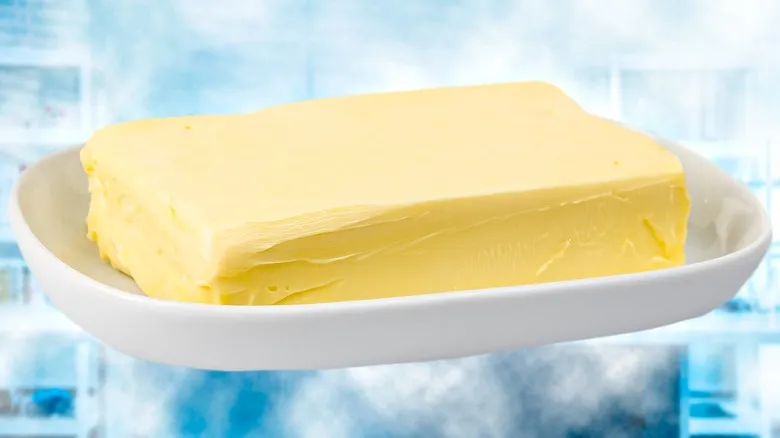
This Non-Dairy Butter Is Made From CO2 And Can Help Save The Planet
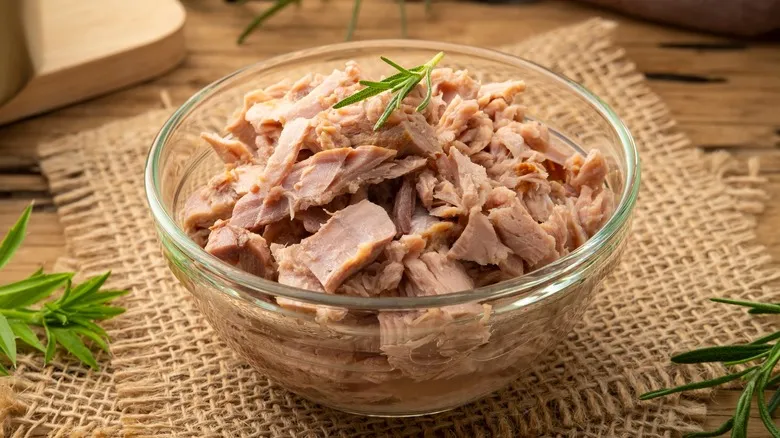
Does Brining Meat Make An Actual Difference?

Is Tilapia Really A Garbage Fish?
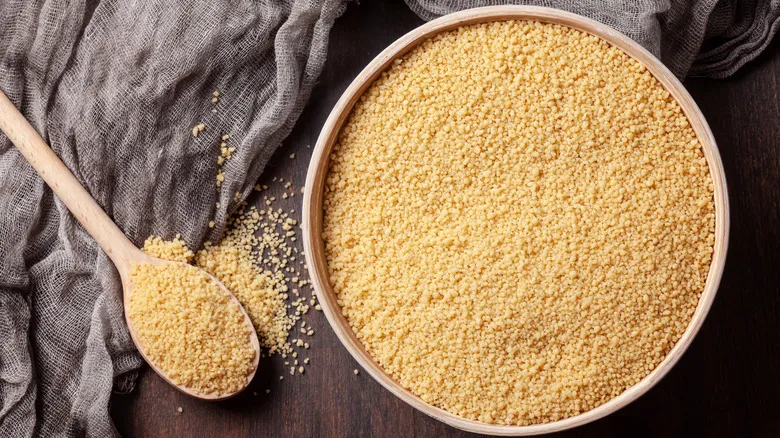
Why Couscous Doesn't Actually Count As A Grain
Next up


